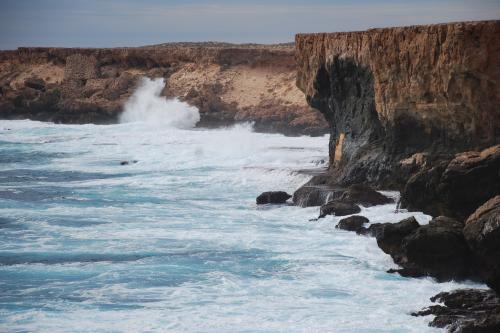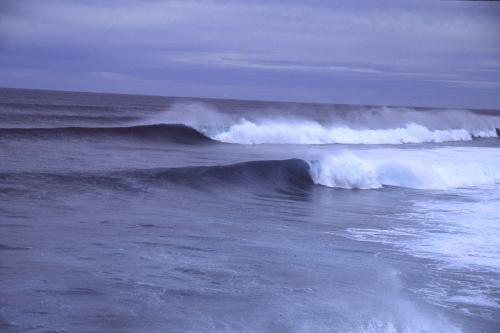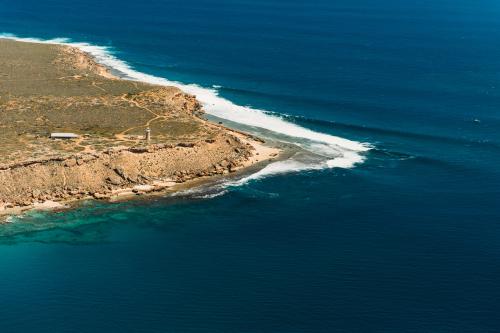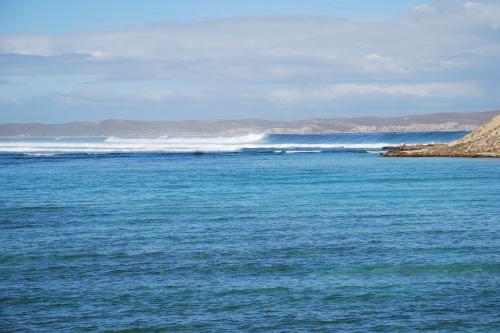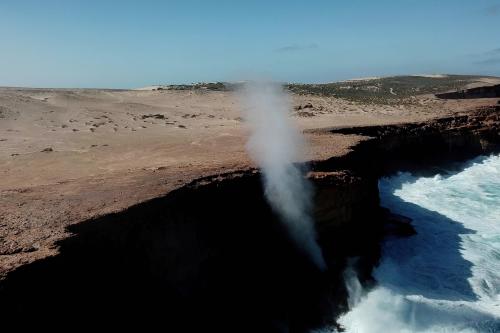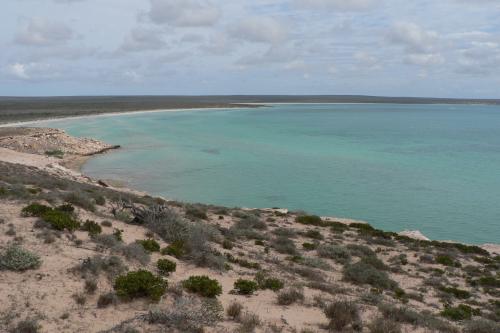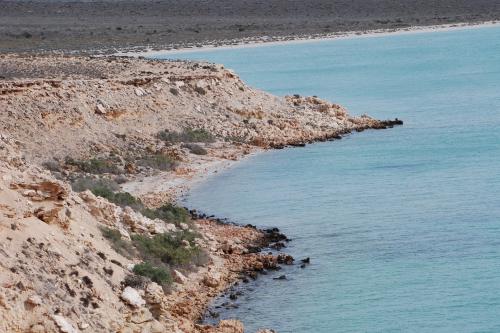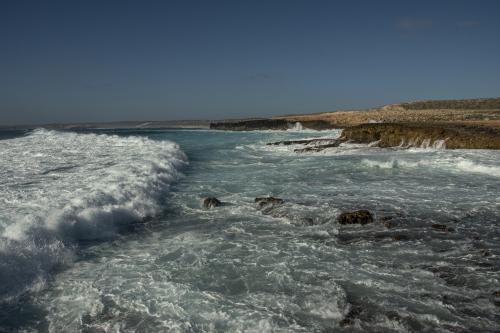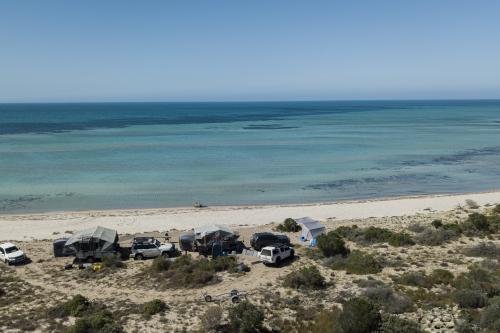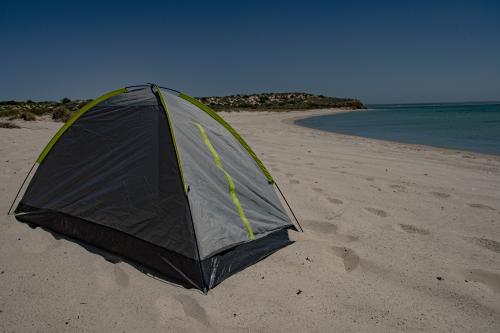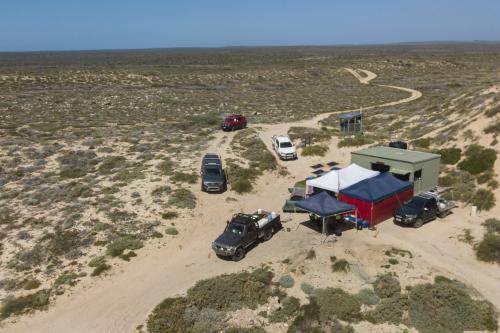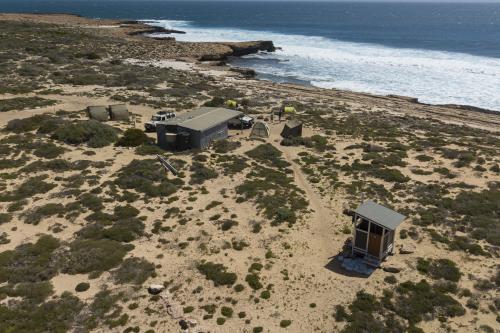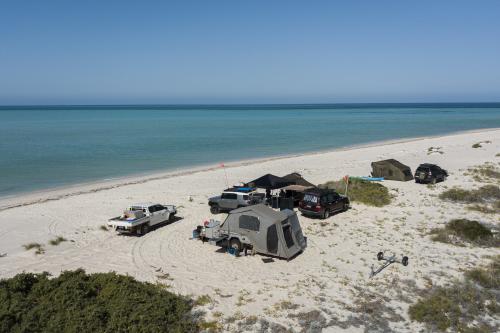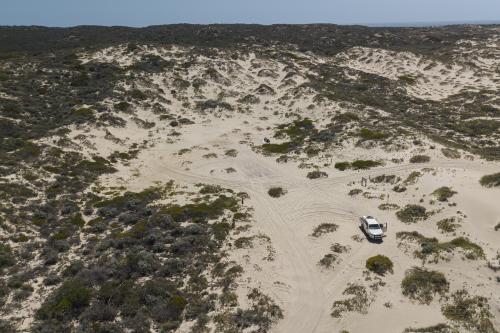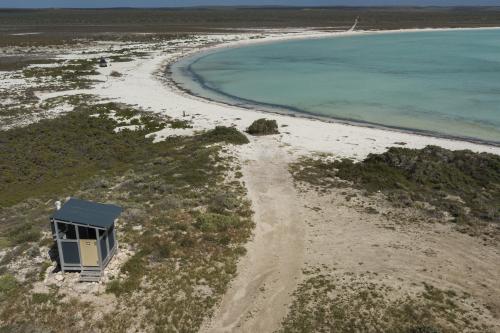About this park
Dirk Hartog Island National Park is part of the spectacular Shark Bay World Heritage Area. The island takes its name from Dutch sea captain, Dirk Hartog who made the first European landing on Western Australian soil in 1616, leaving behind a pewter plate.
Known as Wirruwana to Malgana traditional owners, the natural scenery of the island is dramatic from the wild coastal cliffs along its western edge to pristine beaches that stretch on forever on the eastern side. It’s also known to be a top fishing spot, so don’t forget your fishing rod! In fact, don’t forget anything as there are no supplies available in the national park.
Checkout huge surf that bursts into kaleidoscopic shades of blue as it crashes against 200m high coastal cliffs and explodes from blow holes to create plumes of rainbow mist. You can swim at secluded beaches or dive and snorkel at Surf Point. It’s a pretty awesome place. Towering sand dunes and dirt tracks make four-wheel driving a must for getting around. If four-wheel driving and camping are your thing, with both national park camping as well as a range of accommodation at the privately owned Dirk Hartog Island Eco Lodge, this is the place to go. We’re talking super remote folks!
The national park has a rich European history. From the 1860’s until the early 2000s, the island was a pastoral lease and used for grazing stock, mainly sheep. It has also been a base for pearling and guano mining. (That’s bird poop to you and me!). History buffs will love the historic sites and ruins that shine a light on the past. And talking about shining lights, don’t miss the lighthouse and restored lighthouse keeper’s quarters at Cape Inscription. It’s illuminating!
But wait…… there’s more!
Dirk Hartog Island is Western Australia’s largest island, and one of the world’s most important islands for mammal conservation. When Dirk Hartog landed there in October 1616, it was pristine. Since then, introduced plants and animals have damaged the island and most of its native animals became locally extinct.
Turning the tables on this decline, Return to 1616 is one of Australia’s most successful restoration projects. Since the early 2000’s it has removed sheep, goats and feral cats from the island and is slowly reintroducing the native mammal species that once occupied the area. Although they’ve had a tough time and are still rare on mainland Australia, these unique and threatened animal species are becoming increasingly easy to see when camping within the national park. Go for a night walk with a torch when you visit and you might just be lucky enough to see one! Thanks to Return to 1616, these animals are doing well in the national park but they need your help to keep it that way.
If you are planning a visit, you can help protect the national park’s amazing inhabitants and support the restoration project:
- Check out the Shark Bay island protection brochure and island protection video before you leave home to help you plan your visit.
- Drive slowly, or don’t drive at all from dusk to dawn when native mammals are most active. These precious animals use the tracks as well and they don’t know the road rules!!
- Camp at Ransonnet or the Dirk Hartog Island Ecolodge the night before you leave the island. Being close to the barge landing point ensures precious threatened fauna are not put at risk by driving at dawn to meet the barge.
- Leave your pets at home.
- Don’t bring any firewood into the island national park. Pests can hide in firewood and hitch a ride.
- Make sure your footwear, clothes, packs and camping gear are free of soil, weed seeds, insects, spiders and other animals. Introduced pests can have a devastating effect on the flora and fauna of the island.
- Packing your food in clean, sealed plastic or metal containers rather than cardboard boxes. Cardboard can harbour pest species.
- Making sure your fresh food is free of soil, ants, snails or other small animals.
- Secure and store all your rubbish away from animals and remove it from the island when you leave.
Safety information
Plan when to visit. Read this safety information about fishing, diving and snorkelling. Consider travelling with a personal location beacon (PLB). In the event you need to be rescued it could save your life!
- The park is remote and its hazardous coastline has large surf, 200 metre high cliffs, blowholes and dangerous marine animals.
- Notify a reliable person of your trip plans so you can be traced in an emergency.
- Be prepared for the heat. Take at least 10 litres of water for each person per day.
- Exercise extreme caution near cliff edges. Supervise children at all times. Go to Recfishwest for important information about rock fishing.
Gallery
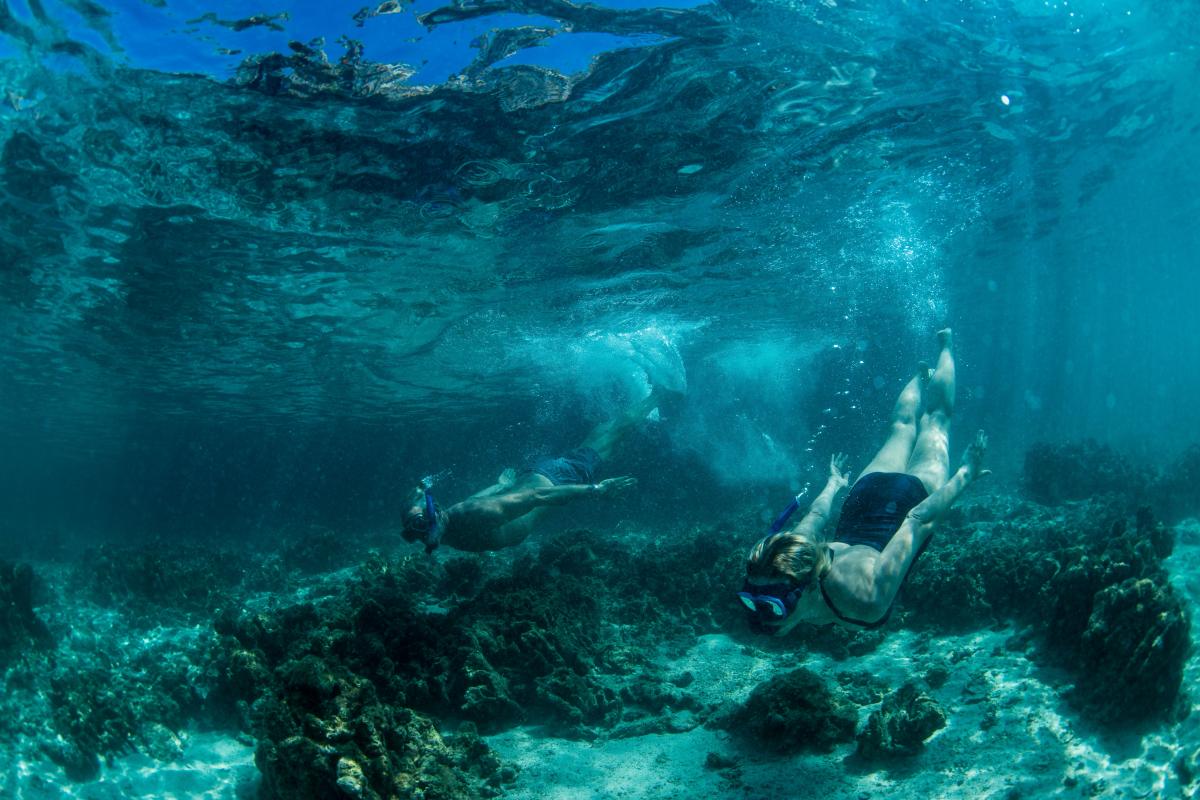

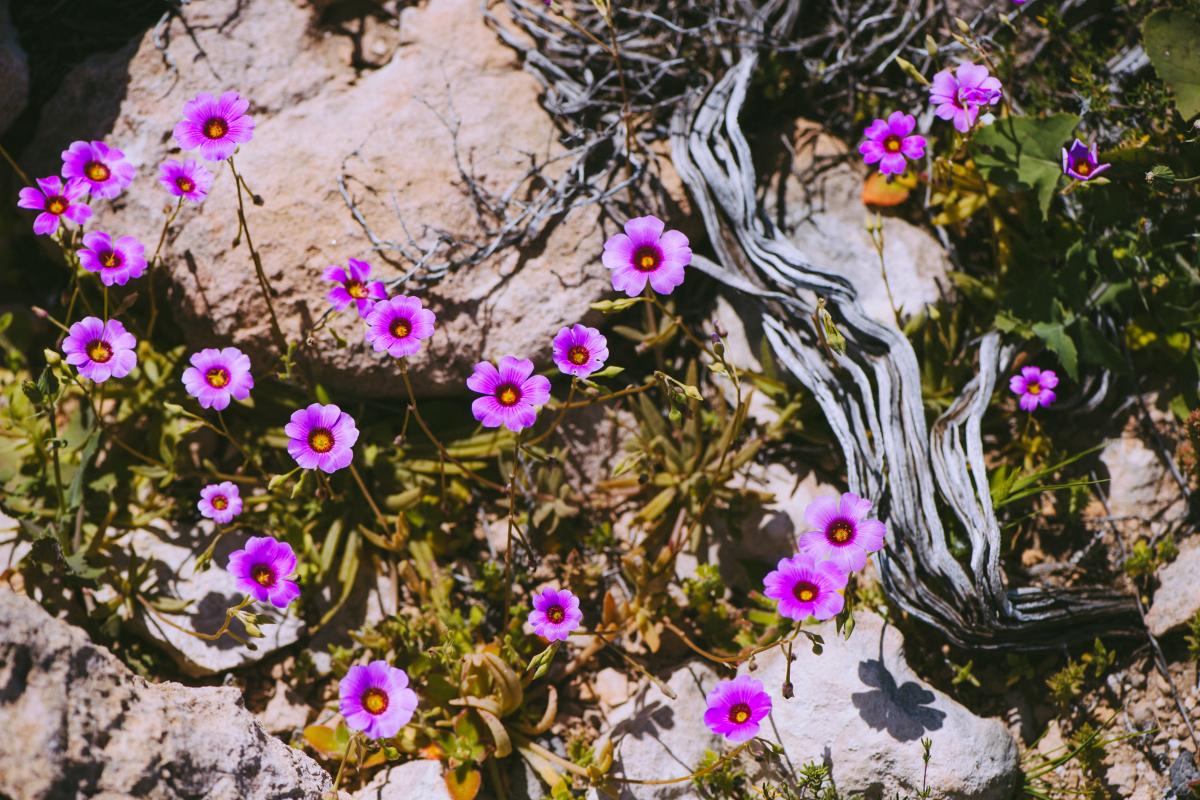
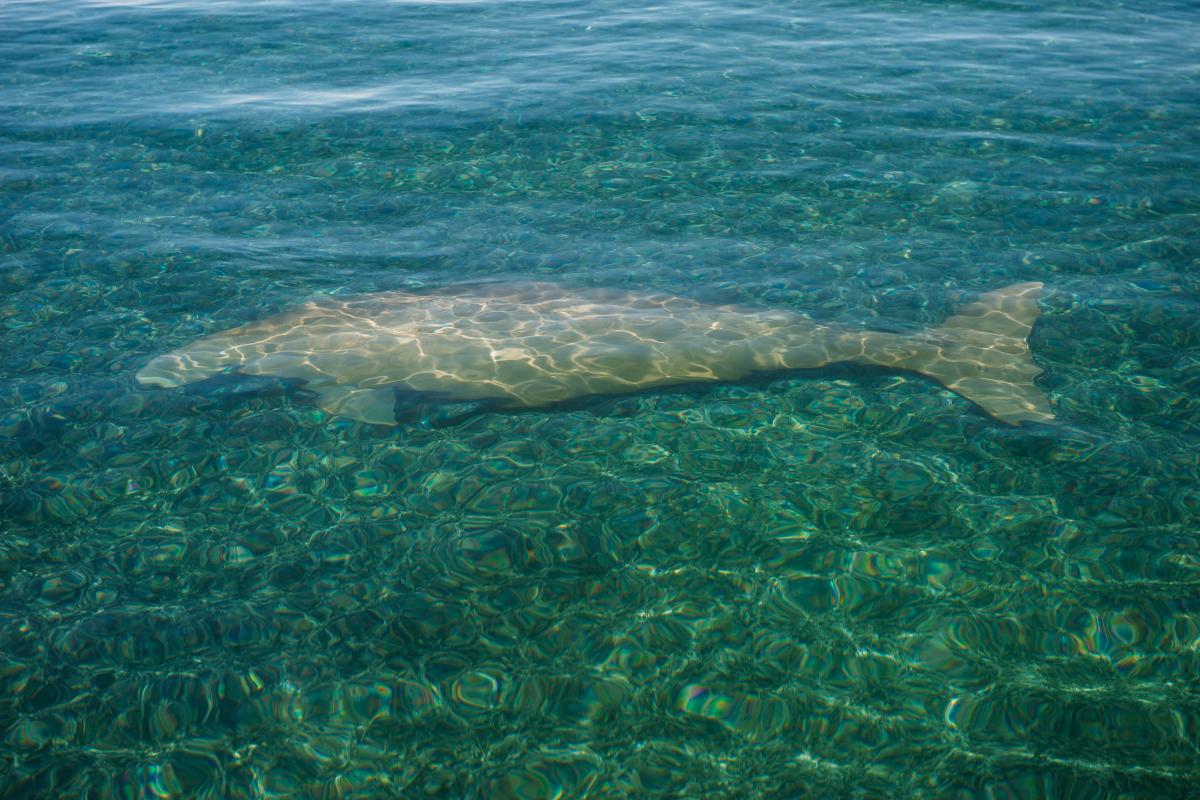
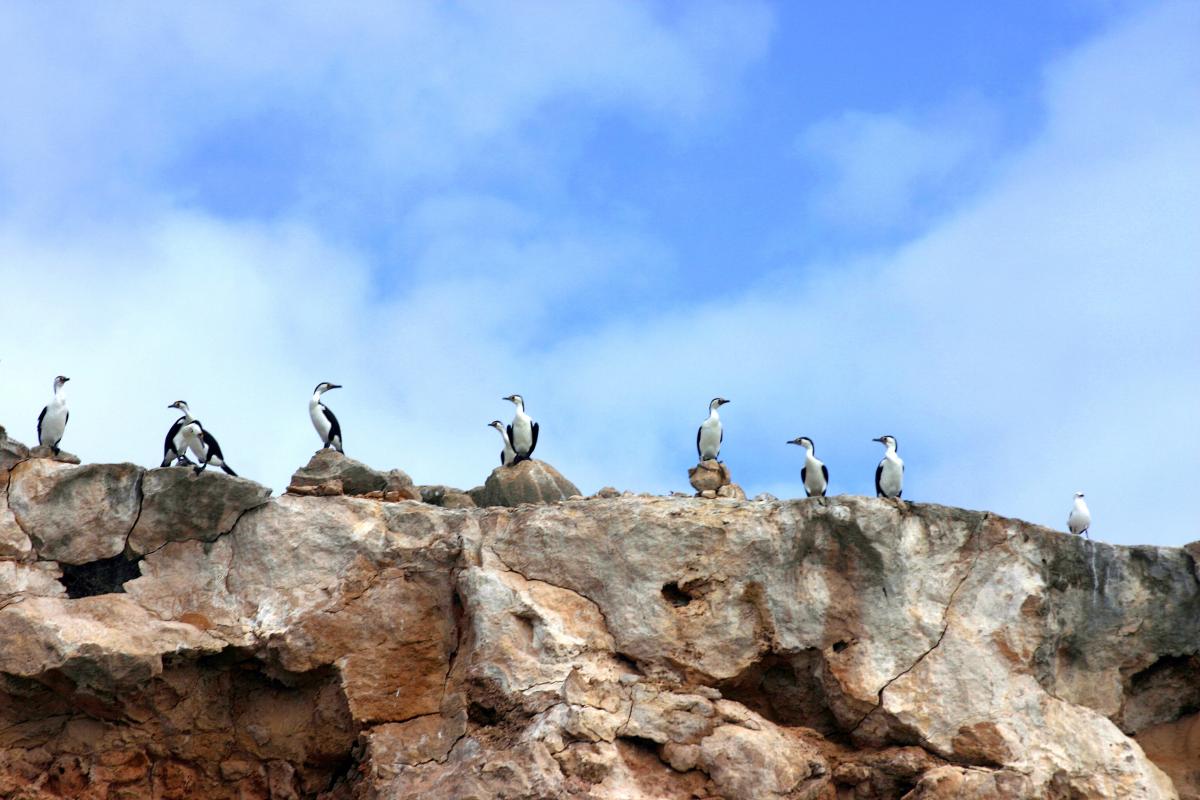
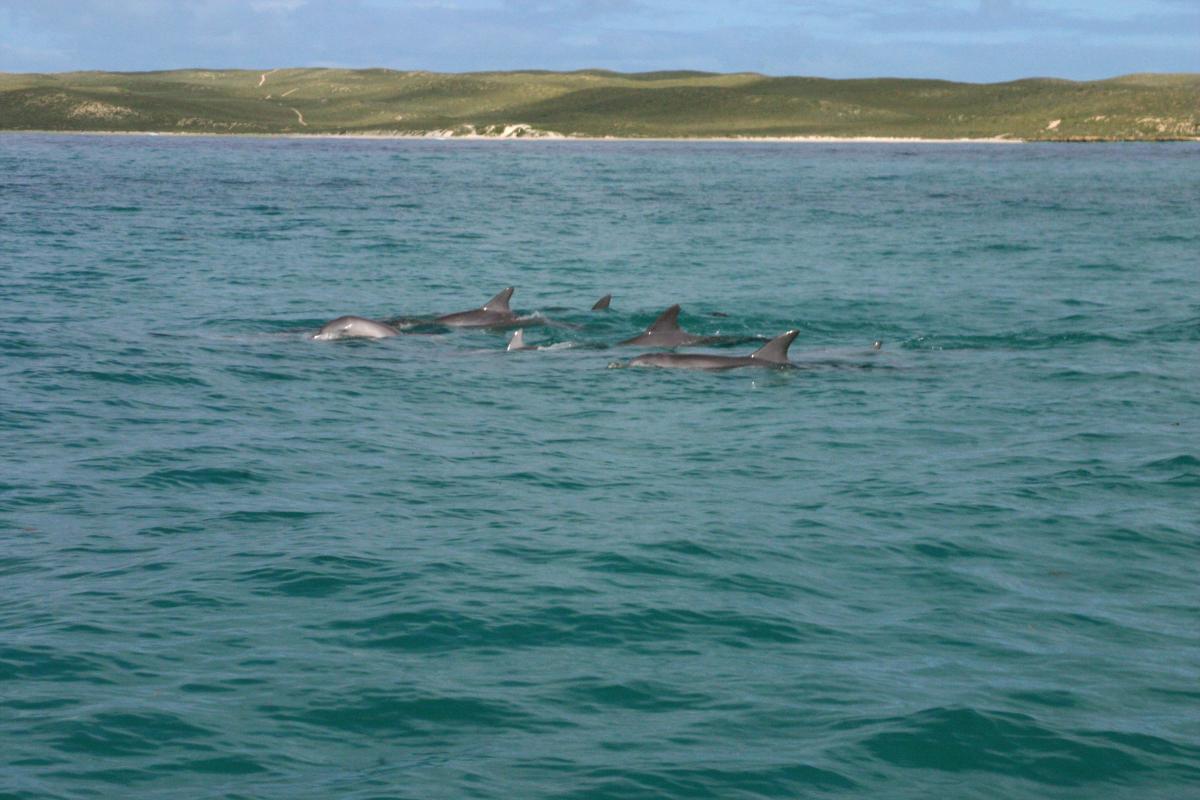
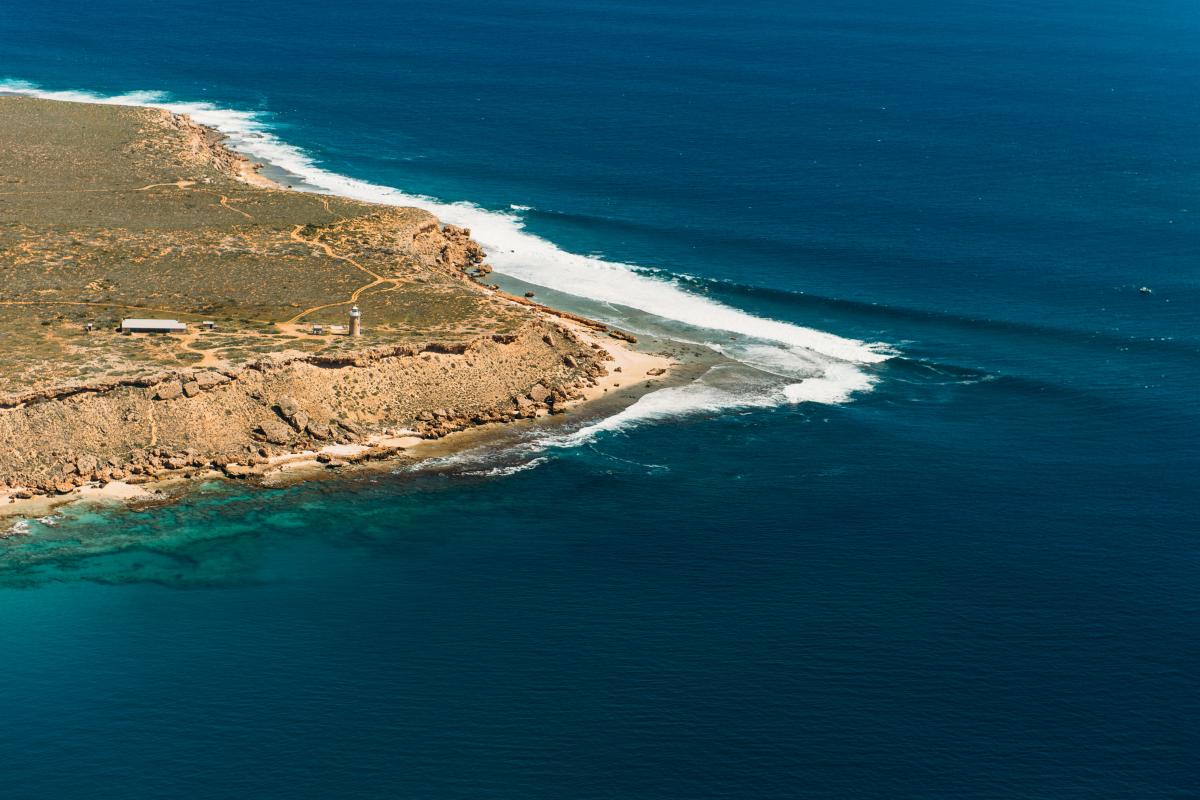
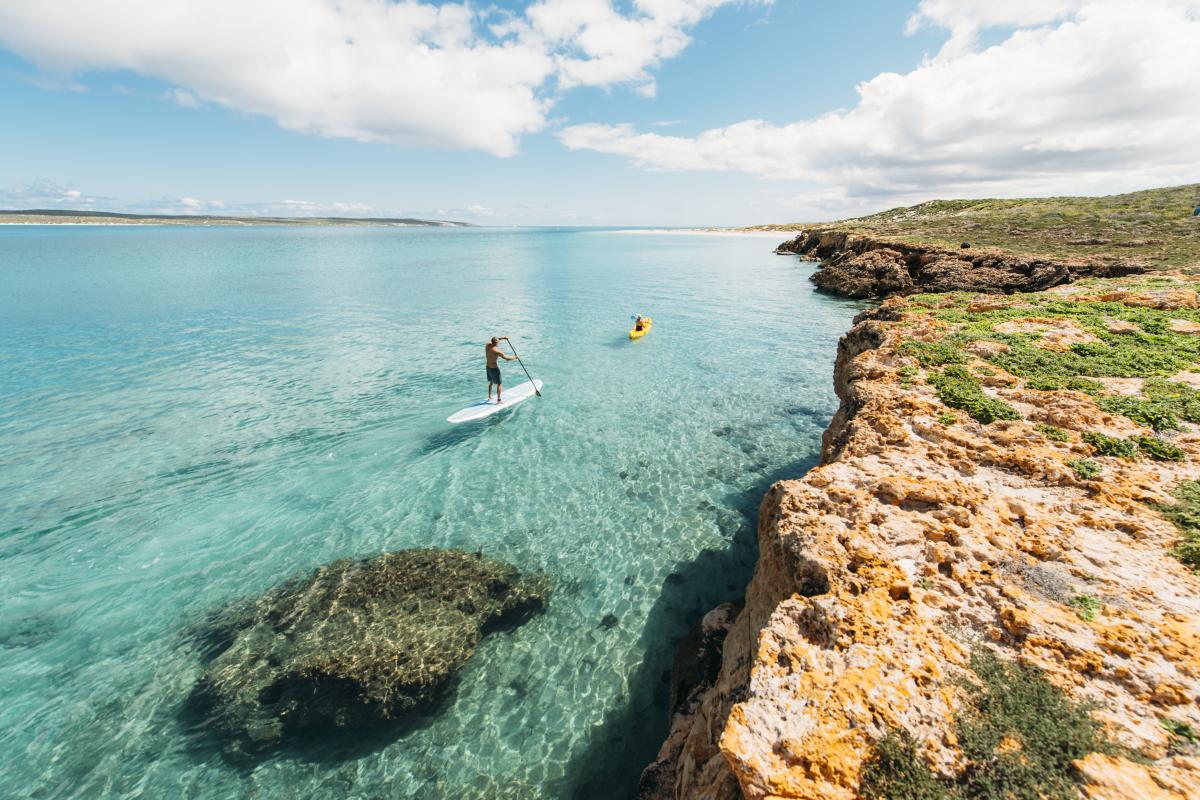
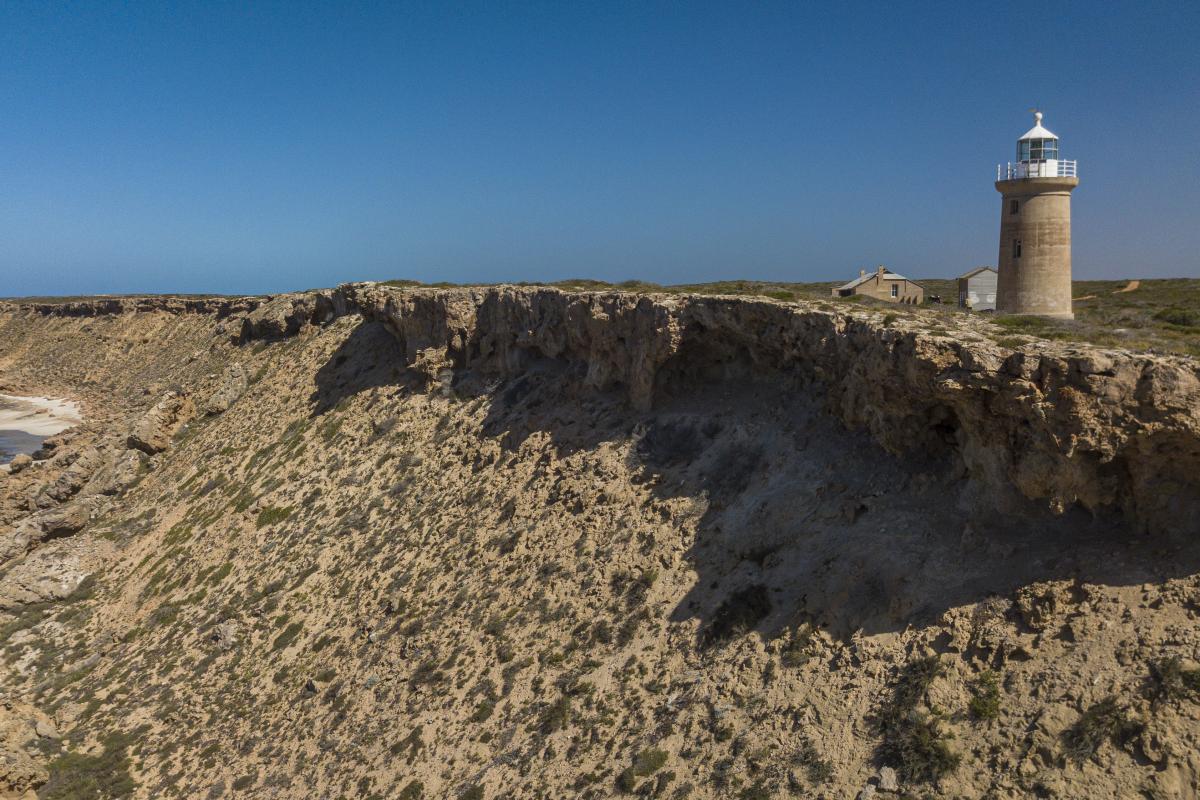
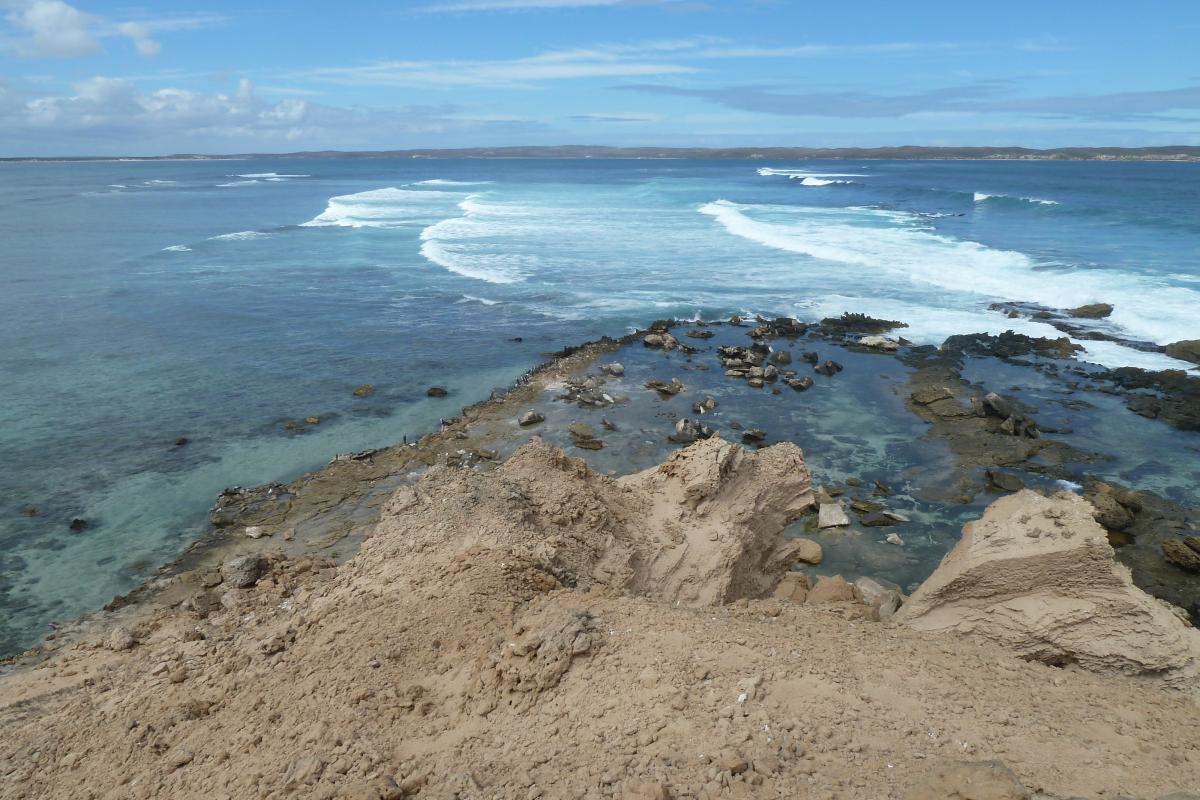
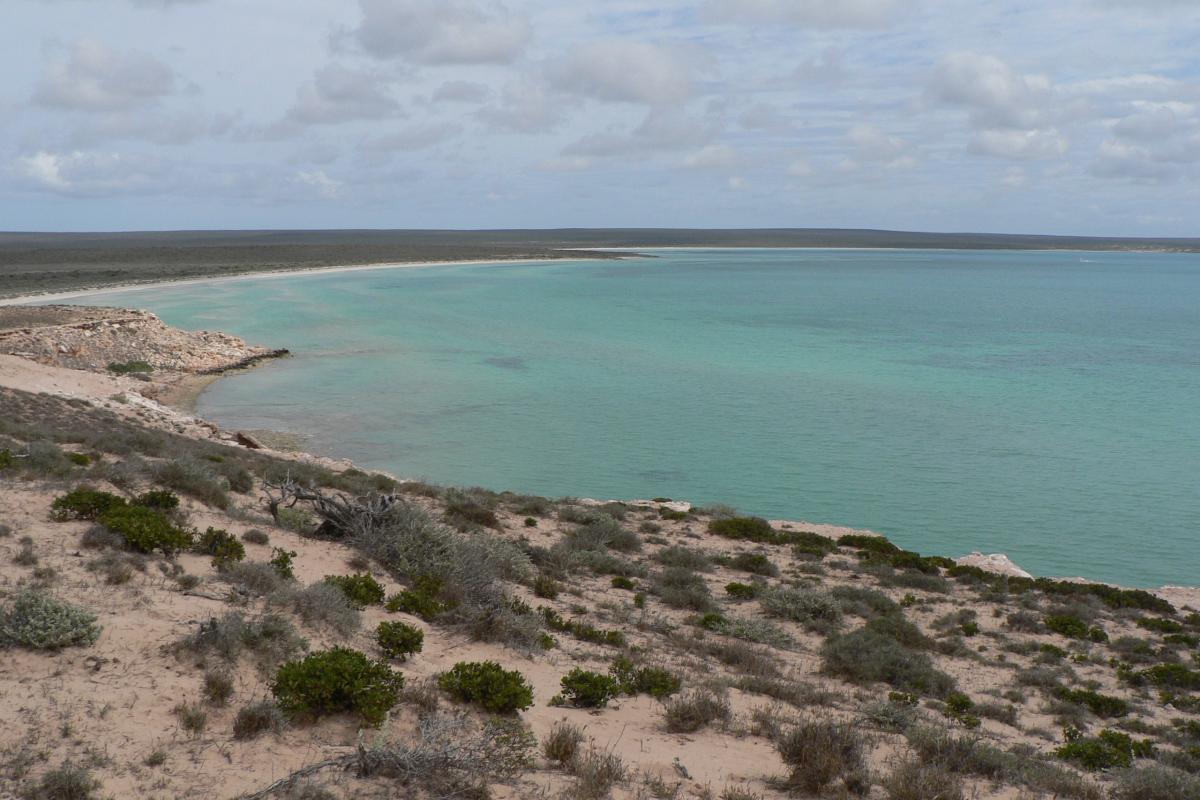
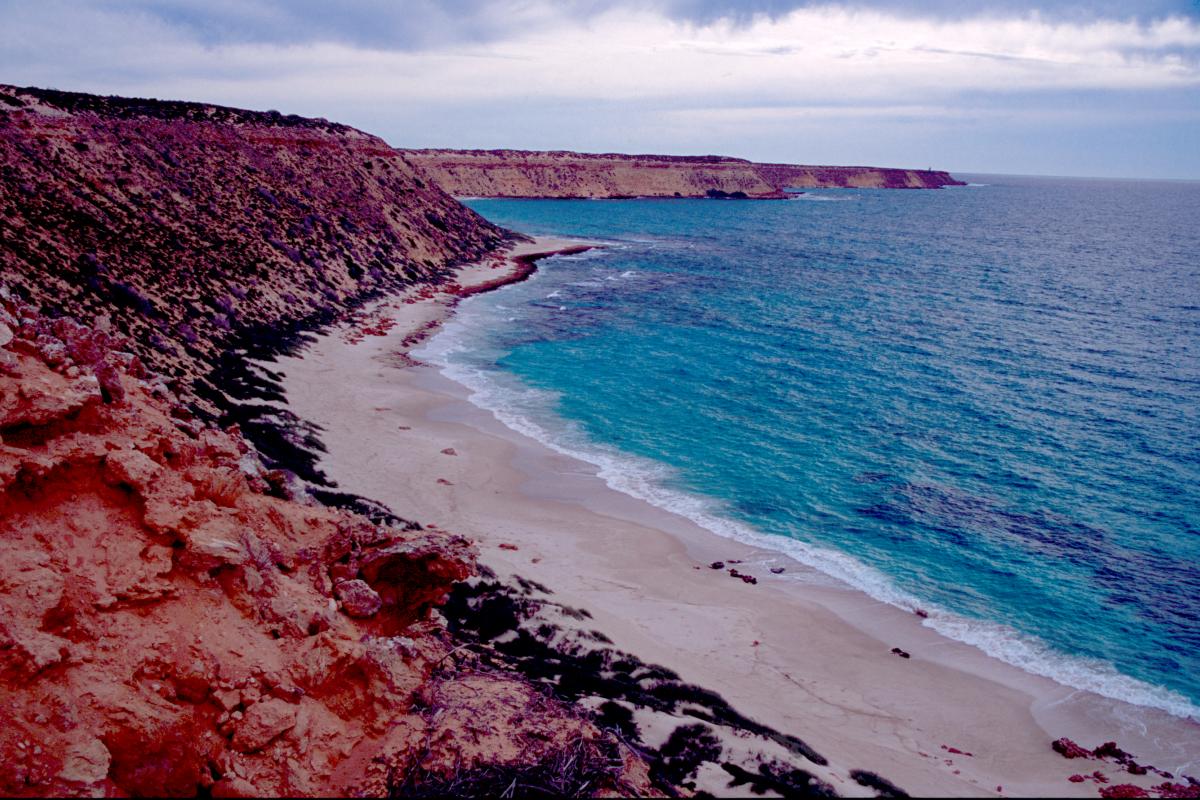
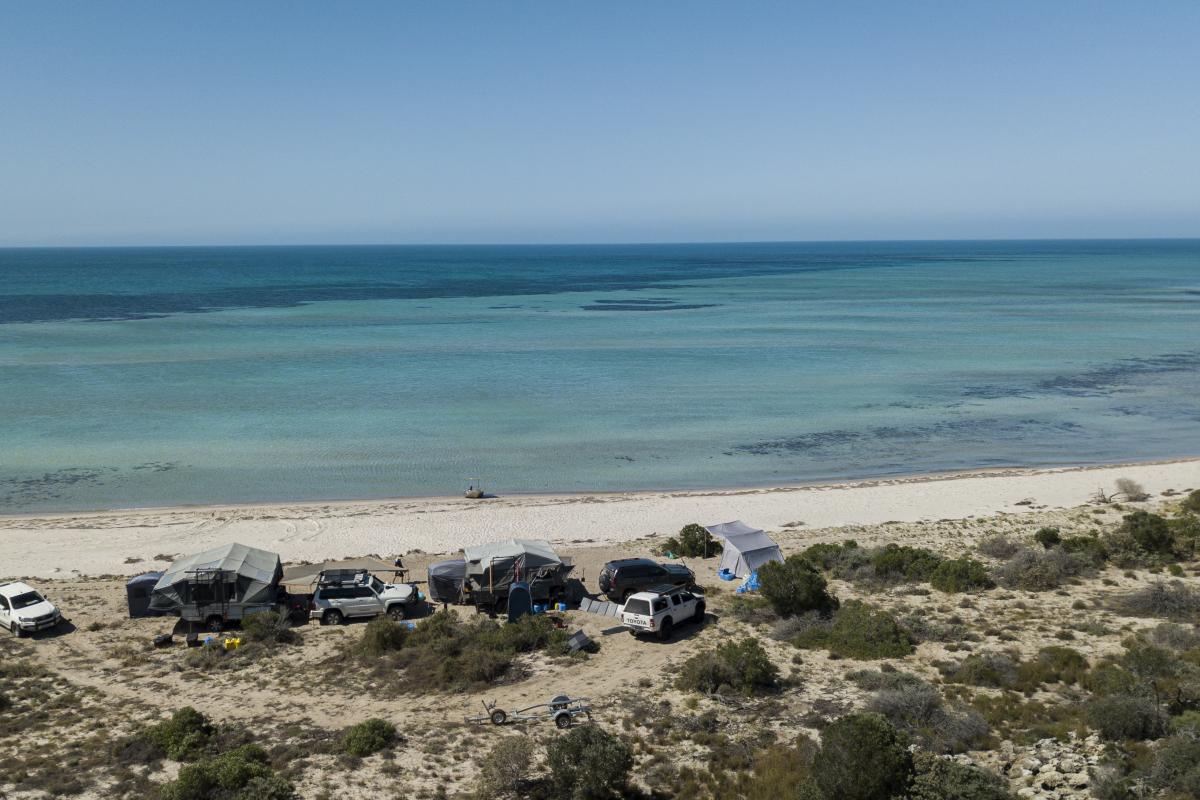
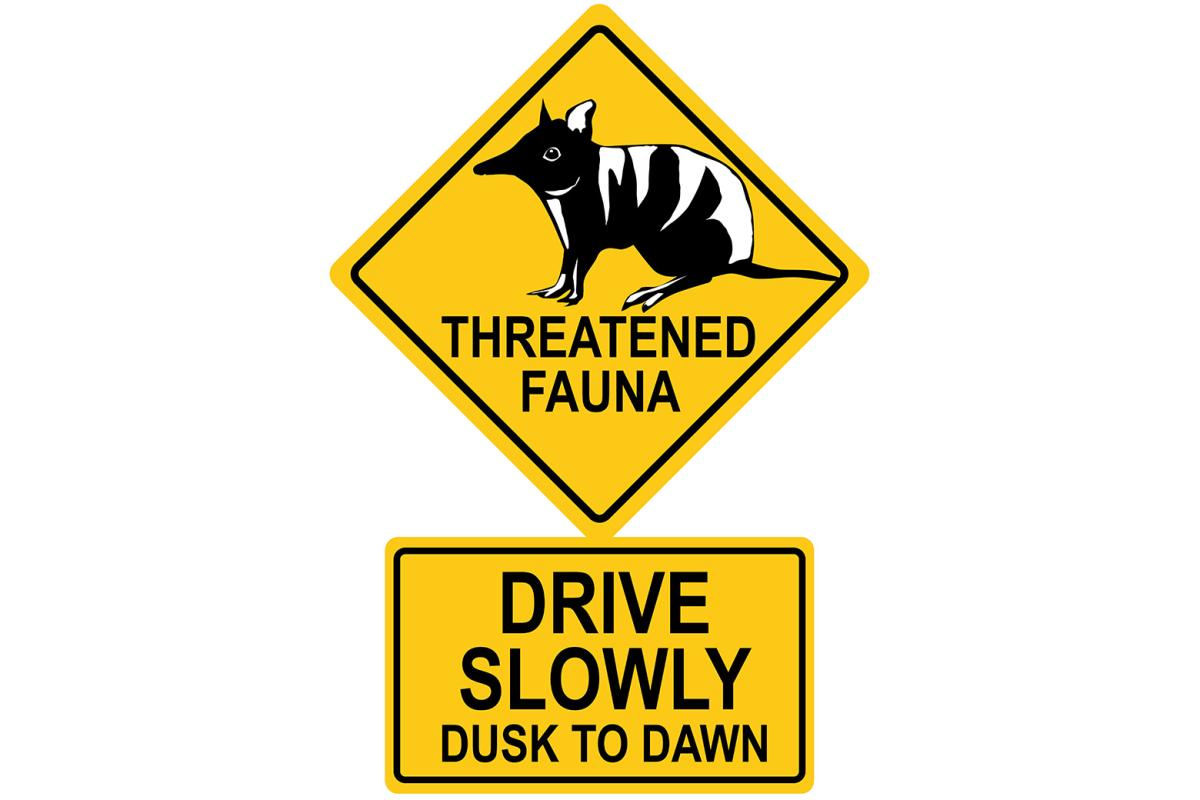
Activities
 Bird watching
Bird watching
 Camping
Camping
 Canoeing and kayaking
Canoeing and kayaking
 Fishing
Fishing
 Scuba diving
Scuba diving
 Snorkelling
Snorkelling
Plants, wildlife and fungi
Find out about the threatened animal species being returned to the island with the exciting Return to 1616 project.
Visit the Atlas of Living Australia for a list of species recorded in Dirk Hartog Island National Park.
Traditional Owners
Dirk Hartog Island National Park is jointly managed by the Department of Biodiversity, Conservation and Attractions and the Malgana Aboriginal Corporation as part of the State Government's Plan for Our Parks initiative. For more information, please visit Plan for Our Parks.
